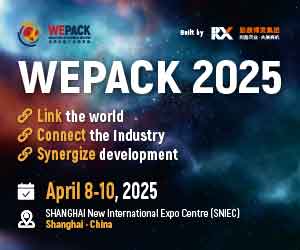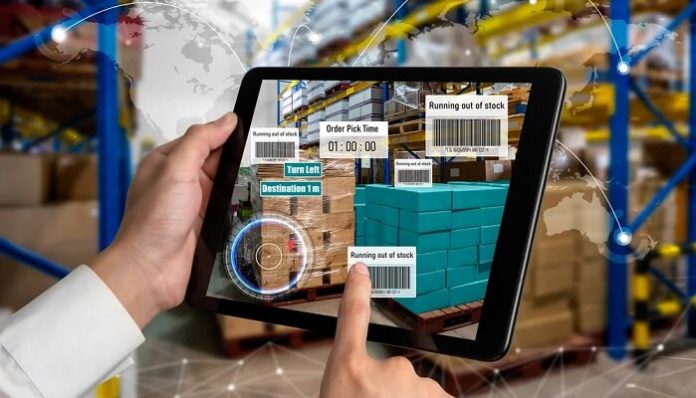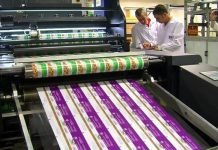The packaging role has evolved with time from only safeguarding and identifying the product to pushing sales by way of attractive graphics.
Smart packaging happens to be the latest addition that utilises tech such as sensors, wireless communication, and indicators so as to enhance the engagement of the user, the quality of the product, and the supply chain’s efficiency. There is a forecast that suggests that establishing business models that make use of technologies so as to unlock increasing amounts of brand value for consumers will increase the smart packaging segment to US$2.6 billion by 2033.
This figure takes into account electronics hardware; however, the smart packaging market value will shoot up if infrastructure, services, and software are also included. Smart Packaging 2023–2033 happens to be a fresh report that gives market research and intelligence idea on many developing technologies.
The report goes on to provide an in-depth tech and market evaluation of the emerging sector with more than 20 interviews with stalwarts from the industry, which also includes FMCG players.
The report discusses in detail the end user’s needs, evaluates multiple applications, looks into underlying technologies like RFID, NFC, and flexible or printed sensors, and also presents numerous case studies in terms of smart packaging deployments.
The smart packaging market does have numerous prominent drivers. It is well to be noted that consistent growth in the e-commerce segment in the last couple of decades has raised demand when it comes to general packaging as well as changing the priorities of packaging design. Delivery optimisation and sustainability are emphasised more and less focus is laid on design, which in a way attracts traditional shoppers across retail stores. It is well to be noted that stores too are increasing their fulfilment centre functions, and the need to streamline inventory management is pushing for the adoption of item-level smart labelling. The pandemic has gone on to accelerate the adoption of wireless ID, such as the inclusion of QR codes to track schemes and NFC when it comes to wireless payments. Embracing these technologies by consumers has triggered many brand owners to look into smart packaging use cases.
The outcome is a prominent drive towards connected experience, with brands interacting with consumers on landing sites accessed by NFC, QR codes. Smart packaging can also assist in healthcare delivery for an ageing population.
Report case studies suggest smart packaging can monitor medicine intake compliance in terms of medical trials. This can be optimally achieved by using smart blister packaging that can go on to wirelessly communicate the patient’s medicine adherence to the doctor.
Smart packaging comprises a variety of emerging and present technologies with varied purposes, including:
- Wireless item identification using RFID, and other technologies like QR codes, capacitive ink approaches.
- Electronic Article Surveillance for Anti-Theft, which is most of the time invisible to consumers,
- Data loggers are useful when it comes to shock, temperature, vibration, time, and location monitoring.
- Interactive smart packaging, such as light-up.
- Flexible, printed, and organic electronics like sensors, batteries, and displays.
- Frozen chemical visual indicators and active packaging coming under chemical indicators when it comes to produce as well as pharma monitoring.

























